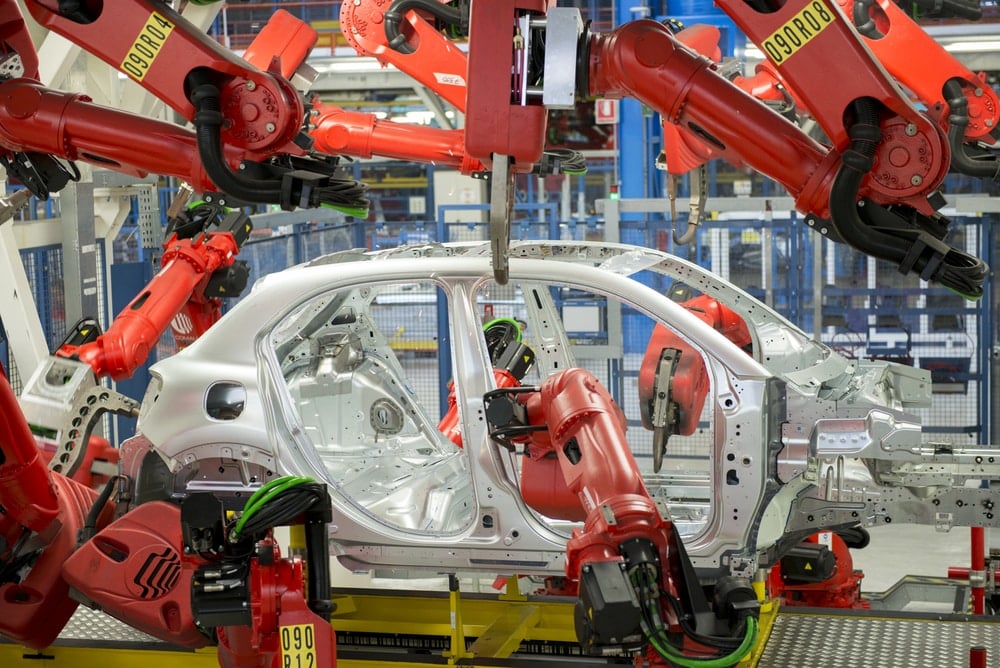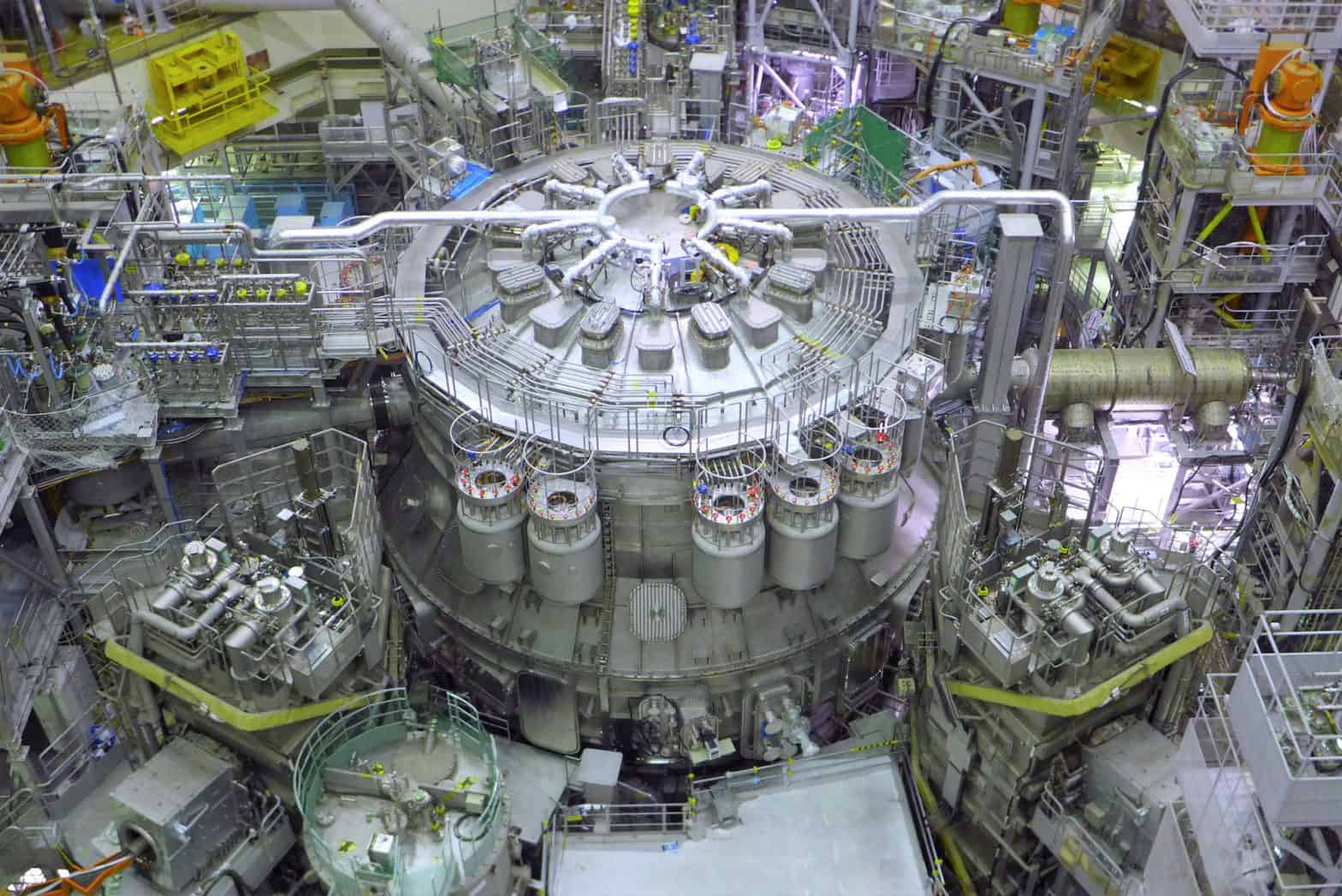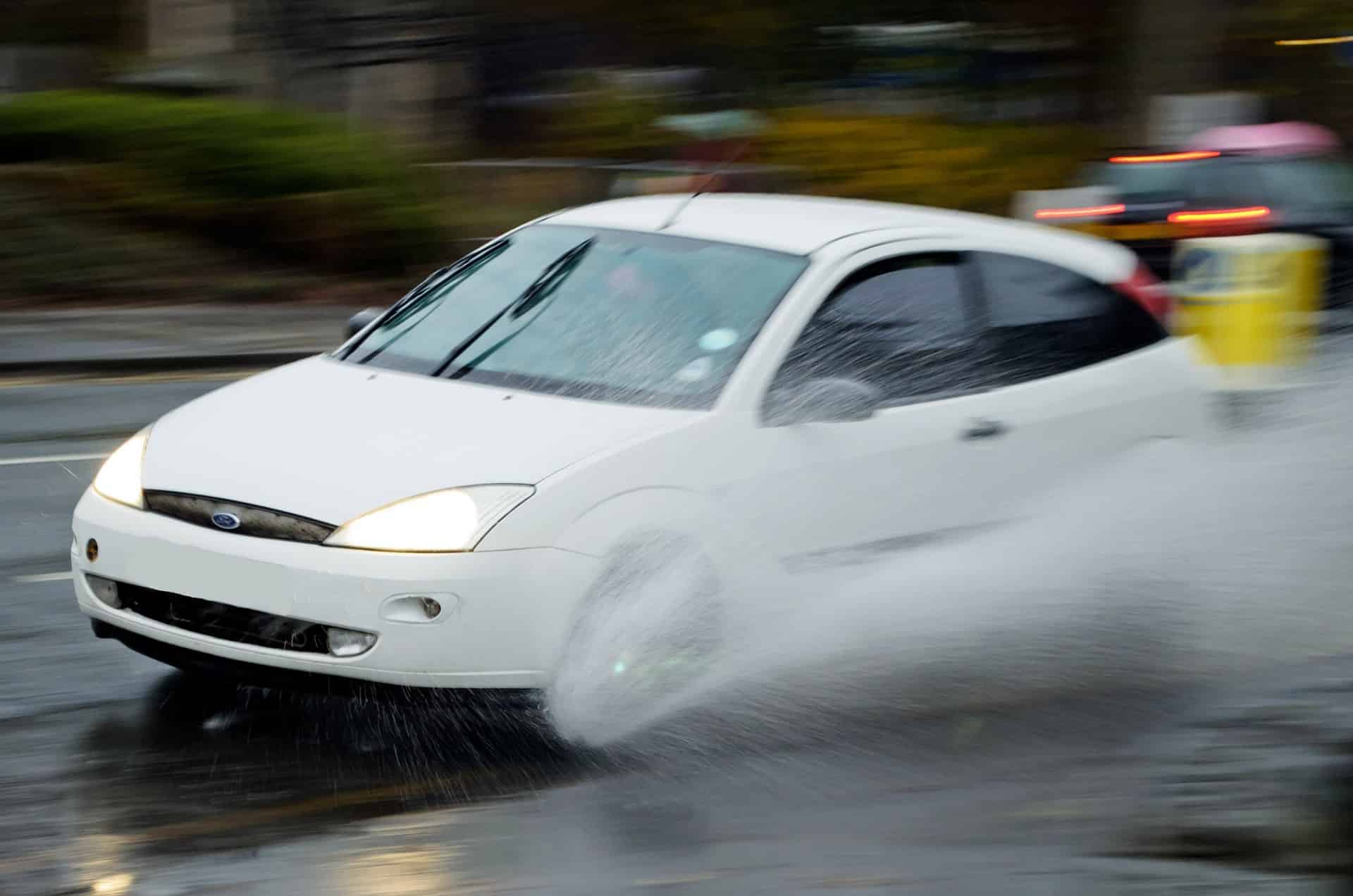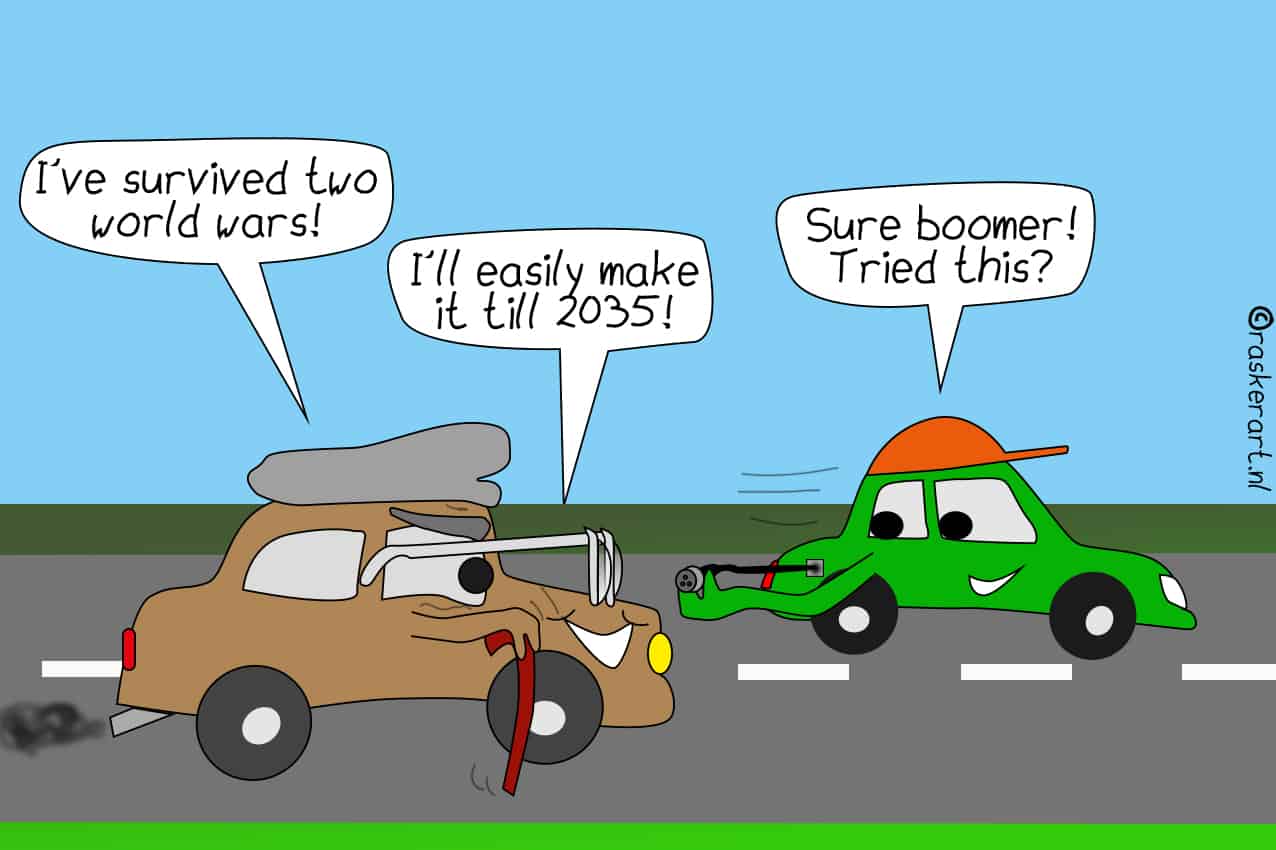
For a long time, the automotive industry was not a trailblazer in the energy transition. But it seemed that since the last year anda half or so, the industry had been turned around. Frans Timmermans, European Commissioner for Climate Action, proclaimed that just two weeks ago. That may be the case, but there is still a lot of skepticism among the major car manufacturers, starting with Stellantis.
For a year now, Stellantis has been the name of the new merger combination of FCA (as in Fiat) and PSA (Peugeot in a nutshell). In an article in the Italian premium newspaper Corriere della Sera, the CEO of Stellantis slammed the European Union’s climate plans.
“Of course we respect the laws and try to do our best with whatever elements of them are dictated to us. But electrification is a technology that has been chosen by politicians, not by the industry,” says Carlos Tavares. The 63-year-old Portuguese believes that the European Commission is not taking a prudent approach to the energy transition.

This is because he doubts that Peugeot, Opel, Fiat, Chrysler and the other brands in Stellantis’ stable will be able to offer solely 100 percent electric vehicles (EV) by 2030. “There are cheaper and faster ways to reduce emissions. The method that has been adopted does not allow carmakers to be creative and come up with different ideas.”
Moreover, he believes that hybrid cars will be more of an option. Tavares is not alone. CPC, Europe’s leading supplier in the luxury segment, has the same opinion, as was revealed during our coverage of Italy’s Motor Valley earlier this year.
Unaffordable
“We have to take a hard look at the carbon footprint of batteries,” says Tavares in Corriere della Sera. “An electric vehicle has to travel 70,000 kilometers before the carbon footprint of its battery production is offset. It is only at that point that the gap between it and a light hybrid vehicle begins to widen. A light hybrid vehicle costs half as much as an electric vehicle. Therefore, in the end, wouldn’t it be better to accept highly efficient hybrid fuel cars so that they remain affordable and yield some immediate reductions in CO₂?”
He anticipates that the middle class won’t be able to afford to buy fully electric cars, or only if governments ramp up their budget deficits by offering purchasing incentives. It’s an argument that comes up more often than not, rightly or wrongly, when it comes to the European game of ‘all bets on EVs.’
Tavares, who enjoys amateur racing as a hobby, argues that battery technology greatly drives up costs. An electric motor is said to be 50 percent more expensive than an internal combustion engine. “Our struggle now is to minimize the impact of that extra 50 percent cost of electric vehicles.” To do that, productivity has to rise sharply. And that in turn calls for investment in the electrification and digitalization of its products.
Not that Stellantis is sitting idly by. The group has announced partnerships to the tune of US$25 billion with Automotive Cells Company, Samsung SDI, Amazon and Foxconn, among others.
Bosch in Bari
Tavares also points out that the energy transition will come at the expense of jobs. There is concern about this in Italy in any event. Just last week, it was announced that Bosch has requested the dismissal of 700 of its employees at its Bari plant, which specializes in components for diesel engines. The layoffs are seen as a direct result of the transition to electric cars.

But Tavares, who incidentally comes from the ranks of the French automotive industry, is not the only top executive who is complaining. Herbert Diess of the Volkswagen Group also has his misgivings. “I think the transition to electric cars does have certain limitations,” he told The Verge last week, an American online platform for technology.
30 giga factories
“I think the plan to shift to a proportion of 50 percent EVs by 2030 is very ambitious. We have a market share of about 20 percent here in Europe. In order to maintain that 20 percent market share, bearing in mind the proportion of 50 percent EVs, we will need six gigafactories. Those factories would have to be operational by about 2028 to meet our target for the year 2030. That’s almost impossible to do,” he continued.
“I have a lot of respect for our team that is taking on this challenge, because you have to buy all the tooling machines. You have to build the factories, you have to find the locations. You have to train the people and make sure the supply of raw materials is guaranteed and is good. And we are just 20 percent of the market. Europe needs 30 of those factories.”
“Each factory has an area of up to two square kilometers. Then to go from 50 percent to 100 percent EVs really is a huge challenge. You can’t just say outright ‘let’s stop with the internal combustion engine.’ That’s just impossible,” says the top executive of Volkswagen, which has notably made electrification a spearhead of its own strategy.
Find out if the head of the European electromobility association agrees with the automobile industry.








